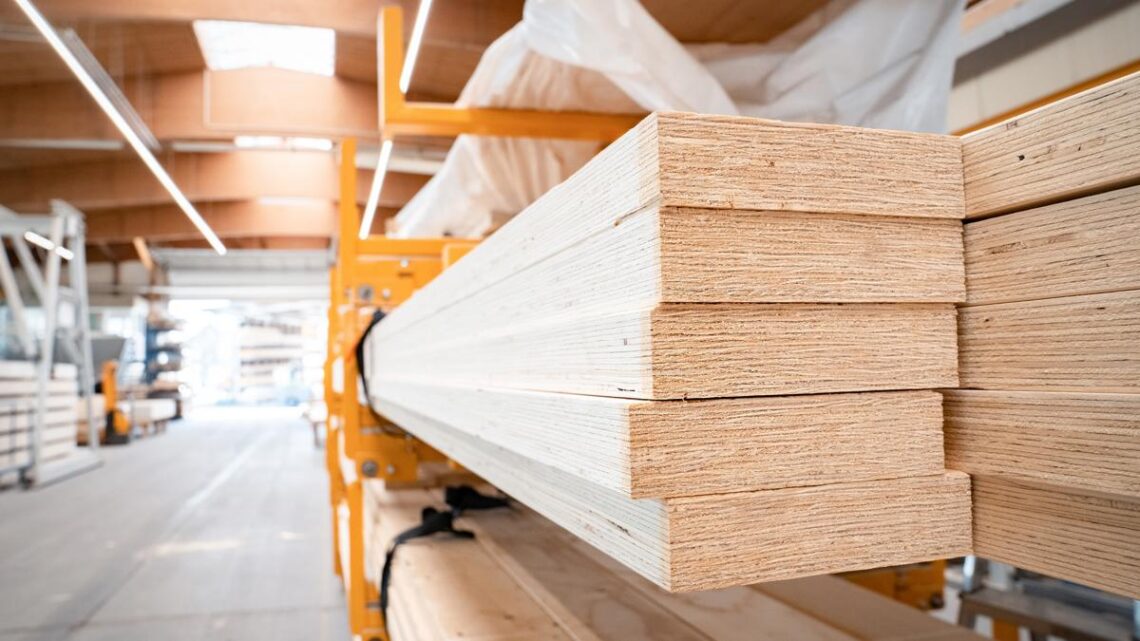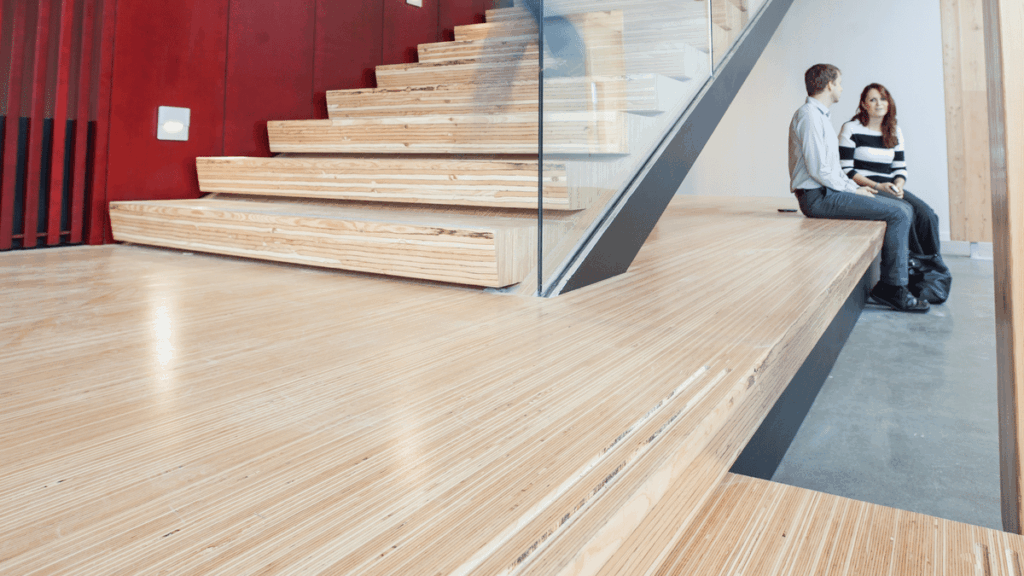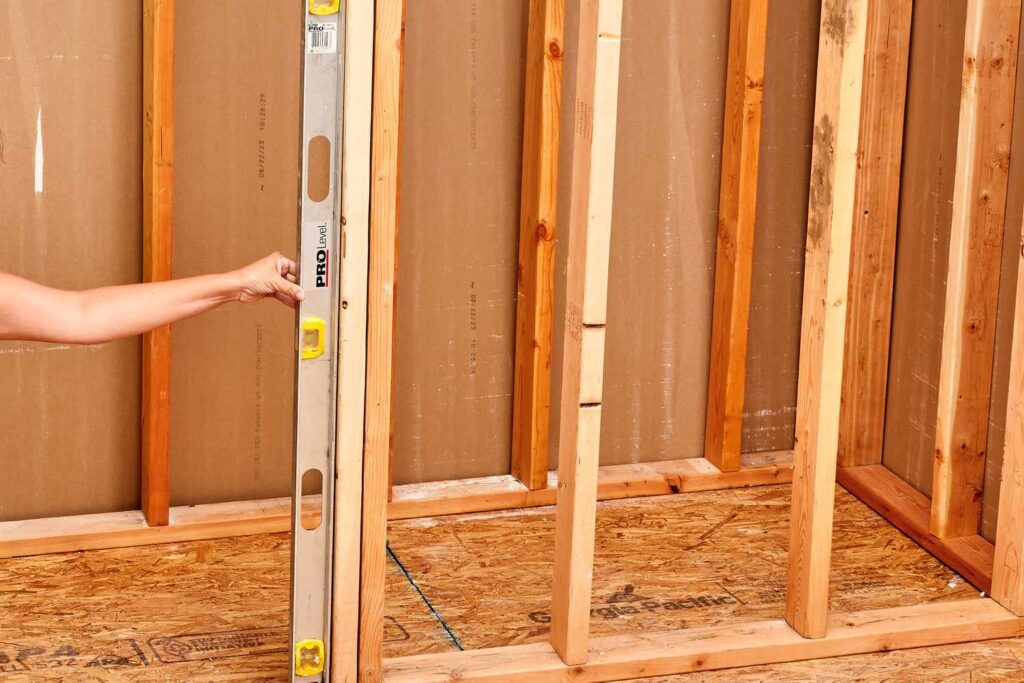
Comparing LVL Timber Formwork Prices: What Builders Should Know
Understanding LVL Timber Formwork Pricing
Laminated Veneer Lumber (LVL) timber formwork represents a significant advancement in concrete construction technology. This engineered wood product consists of multiple layers of thin wood veneers bonded together under high pressure, creating a robust and versatile forming system for concrete structures.
Key Features of LVL Timber Formwork:
- High strength-to-weight ratio
- Dimensional stability
- Consistent quality
- Customisable sizes
- Enhanced durability
Understanding LVL timber formwork prices is crucial for builders to maintain project profitability. The cost implications directly affect project budgets, timelines, and resource allocation. A thorough grasp of pricing structures enables builders to:
- Make accurate project estimates
- Negotiate better supplier rates
- Plan resource allocation effectively
- Optimise construction schedules

Essential Price Comparison Factors:
- Material grade and quality specifications
- Required quantities and dimensions
- Project timeline and delivery schedules
- Supplier location and transport costs
- Available storage facilities
- Reusability potential
- Local market conditions
Australian builders must consider these elements within the context of their specific projects. The initial investment in quality LVL formwork often translates to long-term cost benefits through extended product lifespan and improved concrete finish quality.
Benefits of Using LVL Formwork in Concrete Construction
LVL (Laminated Veneer Lumber) formwork stands out as a game-changing solution in modern concrete construction. Its engineered composition delivers exceptional strength-to-weight ratios, making it a preferred choice for builders across Australia.
Key advantages of LVL formwork include:
- Superior dimensional stability
- Reduced labour requirements
- Enhanced concrete finish quality
- Minimal waste during installation
- Higher reuse potential
The lightweight nature of LVL formwork transforms construction site efficiency. A standard LVL panel weighs up to 40% less than traditional alternatives, enabling faster installation and reduced worker fatigue. This weight reduction translates to significant time savings and improved workplace safety.
Customisation capabilities set LVL formwork apart:
- Precise cutting to specific dimensions
- Adaptable to complex architectural designs
- Flexible configuration options
- Easy modification on-site
The engineered structure of LVL creates consistent concrete surfaces while maintaining structural integrity through multiple uses. Its uniform composition eliminates common issues like warping and twisting, ensuring reliable performance throughout the construction process.
The material’s inherent strength allows for larger spans between supports, reducing the number of components needed. This structural efficiency, combined with its adaptability, makes LVL formwork particularly valuable for projects requiring precise concrete placement and superior finish quality. Read about efficiency at https://energyeducation.ca/encyclopedia/Efficiency
Factors Influencing the Prices of LVL Timber Formwork
The cost of LVL timber formwork varies significantly based on several key market factors.
1. Material Quality
Material quality stands as a primary price determinant, with higher-grade LVL commanding premium prices due to:
- Enhanced structural integrity
- Superior moisture resistance
- Better surface finish quality
- Increased reuse potential

2. Dimensions of Formwork Components
The dimensions of formwork components play a crucial role in pricing structures. Larger panels and thicker specifications typically result in higher costs per unit. Standard Australian sizes include:
Thickness ranges:
- 35mm to 45mm for vertical applications
- 45mm to 63mm for horizontal applications
3. Supplier Location
Supplier location significantly impacts the final cost through:
- Transport distances
- Storage facilities
- Local market competition
- Supply chain efficiency
4. Current Market Trends
Current market trends show price fluctuations linked to:
“Raw material availability and production capacity directly affect LVL formwork prices, with seasonal variations impacting costs by 15-20%” – Australian Construction Industry Report 2023
Learn about reo bar on: How to Choose the Right Size and Type of Reo Bar for Your Project
5. Sourcing Process
The sourcing process adds another layer to pricing considerations. Direct manufacturer relationships often yield better rates compared to third-party suppliers, while bulk orders typically attract competitive pricing structures. Local suppliers might offer faster delivery times but potentially at higher costs than interstate alternatives. Click here to find more about yield.
Comparing Costs: LVL Timber Formwork vs Alternative Materials
A cost analysis of different formwork materials reveals distinct advantages and limitations for each option. Here’s how LVL timber formwork stacks up against its alternatives:
1. Steel Formwork
- Initial Cost: Higher upfront investment
- Durability: 1000+ uses with proper maintenance
- Weight: Heavier, requiring additional equipment
- Labour Costs: Higher due to specialised handling needs
2. Aluminium Formwork
- Initial Cost: Premium pricing
- Durability: 500+ uses
- Weight: Lightweight, easier handling
- Labour Costs: Moderate due to simplified assembly
3. Conventional Lumber
- Initial Cost: Lower upfront cost
- Durability: 5-10 uses maximum
- Weight: Moderate
- Labour Costs: Higher due to frequent replacements
4. LVL Timber Formwork
- Initial Cost: Moderate investment
- Durability: 20-30 uses with proper care
- Weight: Lightweight, manual handling possible
- Labour Costs: Lower due to easy installation
The cost-benefit analysis extends beyond purchase price. Steel and aluminium systems offer exceptional longevity but require substantial initial capital. Conventional lumber presents lower upfront costs but demands frequent replacements. LVL timber formwork strikes a balance – offering reasonable durability, manageable costs, and practical handling characteristics suited to various project scales.
Australian builders often find LVL timber formwork provides optimal value through its combination of durability, cost-effectiveness, and versatility across different construction applications.
Considering Additional Expenses Beyond Material Prices for Builders
The true cost of LVL timber formwork extends well beyond the initial purchase price. Builders must account for several crucial expenses to maintain accurate project budgeting.
Delivery and Transport Costs
- Distance-based freight charges
- Special handling requirements
- Metropolitan vs regional delivery rates
- Storage facility fees during transit
Labour Requirements
- Skilled worker rates for installation
- Training costs for specialised handling
- Additional time for complex installations
- Safety equipment and supervision
Installation Complexities
- Specialised tools and equipment hire
- Additional support structures
- Site preparation requirements
- Waste disposal fees
Hidden Costs to Consider
- Insurance coverage during transport and installation
- Local council permits for delivery
- Site access modifications
- Emergency repair provisions
The Australian construction market sees significant variations in these additional costs across different regions. Metropolitan areas often command higher labour rates but benefit from reduced delivery costs. Remote construction sites face increased transport expenses yet might benefit from lower local labour rates.
Builders should request detailed quotes that break down these auxiliary expenses. A thorough understanding of these costs enables accurate budget forecasting and helps prevent unexpected financial strain during construction phases.
Optimising the Lifespan and Performance of LVL Formwork Through Maintenance Practices
Proper maintenance practices significantly extend LVL formwork lifespan and maintain its structural integrity. Here’s what builders need to know about protecting their investment:
Essential Storage Guidelines
- Store LVL formwork horizontally on flat surfaces with adequate support
- Keep materials elevated from ground contact using dunnage
- Protect from direct sunlight and rain exposure
- Maintain proper ventilation in storage areas
- Use protective covers that allow airflow
Regular Maintenance Checklist
- Clean surfaces after each use
- Remove concrete residue promptly
- Apply release agents before each pour
- Check for warping or delamination
- Inspect edge sealing integrity
- Document wear patterns and damage
Protective Measures
- Implement moisture control systems
- Monitor temperature fluctuations
- Address surface damage immediately
- Rotate stock to ensure even wear
- Keep fastener holes to a minimum
Regular inspections reveal early signs of deterioration, allowing timely repairs and preventing costly replacements. Builders should establish a maintenance schedule based on usage frequency and site conditions. Documentation of maintenance activities helps track formwork condition and predict replacement needs.
Professional handling during installation and removal phases reduces wear and extends serviceable life. Training staff in proper care techniques ensures consistent maintenance standards across project sites.
Making Informed Decisions When Comparing Prices for LVL Timber Formwork
Smart decision-making in LVL timber formwork selection requires careful evaluation of multiple factors:
- Project-specific requirements
- Structural demands
- Construction timeline
- Site conditions
- Local building codes
- Budget considerations
- Initial purchase costs
- Installation expenses
- Maintenance requirements
- Expected reuse cycles
A balanced approach weighs both immediate costs and long-term value. Builders who prioritise quality materials often experience enhanced project outcomes and reduced total expenses across multiple jobs.
Covert Procurement specialises in sourcing high-quality LVL timber formwork at competitive prices. Our extensive supplier network and industry expertise help builders access premium materials while maintaining budget efficiency. We offer a range of products including F17 grade formwork plywood and chain and shade mesh which are essential for various construction needs.
Moreover, safety is paramount in any construction project. This is where our reo-bar safety protection strips, designed to protect people from exposed reo bars, come into play.
Ready to optimise your formwork investment? Contact Covert Procurement for personalised pricing and expert guidance on selecting the right LVL timber formwork for your construction needs.
Contact our team to discuss your project requirements and receive a detailed quote.


